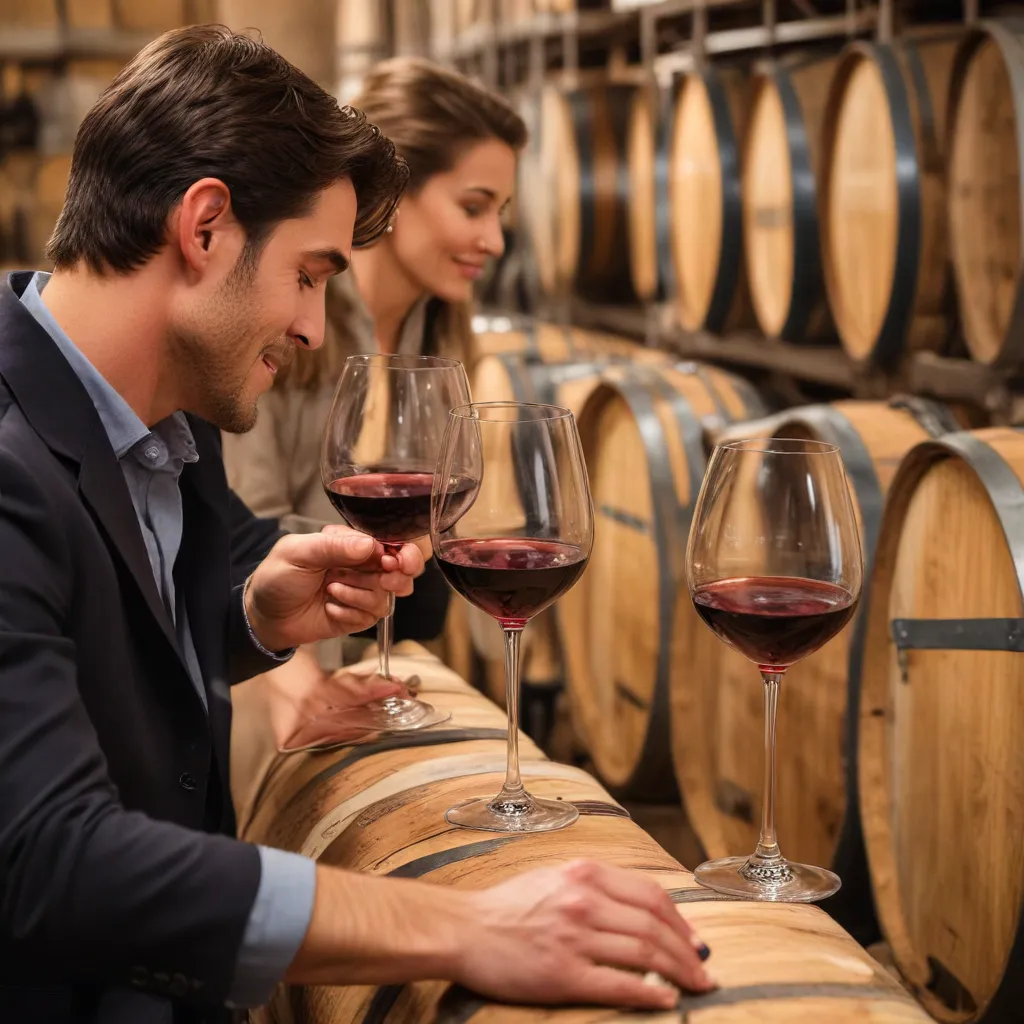
Wine has long been revered as a beverage of sophistication and complexity, steeped in centuries of tradition and culture. For the uninitiated, the world of wine can seem daunting, filled with technical jargon and intimidating rituals. However, at the Wine Garden Inn, we believe that the true joy of wine lies in the journey of discovery – a journey that we are excited to embark on with you.
The World of Wine
Grape Varietals
The vast array of grape varietals that go into winemaking is a testament to the diversity and richness of the wine world. From the robust and full-bodied Cabernet Sauvignon to the delicate and floral Riesling, each varietal offers a unique set of aromas, flavors, and textures that can captivate the senses. Understanding the unique characteristics of these grapes is the first step in unlocking the secrets of wine.
Wine Regions
Just as the grape varietals contribute to the complexity of wine, the diverse terroirs around the world also play a crucial role in shaping the final product. Whether it’s the sun-drenched vineyards of Napa Valley, the rugged slopes of the Douro Valley in Portugal, or the cool, maritime climate of the Willamette Valley, each region imparts its own distinct personality to the wines it produces. Exploring these regional differences can be a fascinating and enlightening experience.
Winemaking Process
The journey from grape to glass is a meticulously crafted process that involves a delicate balance of art and science. From the careful cultivation of the vines to the intricate process of fermentation, aging, and blending, each step in the winemaking process contributes to the final character of the wine. Understanding the nuances of this process can deepen your appreciation for the art of winemaking.
Tasting Techniques
Mastering the art of wine tasting is a key component of unlocking the secrets of wine. By engaging all of our senses, we can uncover the hidden complexities and subtleties that make each wine unique.
Sight
The visual examination of a wine, often referred to as the “wine’s face,” can reveal a lot about its age, body, and varietal. By observing the color, clarity, and viscosity of the wine, we can gain valuable insights into its characteristics and potential.
Smell
The aroma of a wine, or its “nose,” is often considered the most important aspect of the tasting experience. By utilizing the Wine Aroma Wheel, we can identify a wide range of aromatic compounds, from fruity to floral to earthy, and better understand the wine’s complexity.
Taste
The final step in the tasting process is the palate, where we can experience the wine’s acidity, tannins, sweetness, and body. By focusing on these key elements, we can discern the wine’s overall balance and how it interacts with the food we pair it with.
Wine and Food Pairing
One of the most rewarding aspects of wine exploration is discovering the harmonious synergy between wine and food. By understanding the principles of complementary flavors, contrasting flavors, and balanced pairings, we can elevate our dining experiences and unlock a world of culinary delights.
Complementary Flavors
When the flavors of the wine and the food amplify and enhance each other, we achieve a complementary pairing. For example, a rich, creamy Chardonnay can beautifully complement a decadent Brie cheese, with the wine’s acidity cutting through the creaminess of the cheese.
Contrast Flavors
Alternatively, contrasting flavors can also create a memorable pairing, where the wine and the food interact in a dynamic and unexpected way. A crisp, minerally Sauvignon Blanc, for instance, can provide a refreshing counterpoint to the bold, spicy flavors of certain Asian cuisines.
Balanced Pairings
The holy grail of wine and food pairing is the balanced pairing, where the wine and the food create a seamless and harmonious experience. This requires a deep understanding of the wine’s attributes and the food’s flavor profile, allowing the two to meld together in perfect harmony.
The History of Wine
The story of wine is as old as human civilization itself, with evidence of winemaking dating back thousands of years. From the ancient civilizations of the Mediterranean to the modern wine industry, the evolution of wine has been a fascinating journey.
Ancient Civilizations
The earliest known traces of winemaking can be found in the Caucasus region, where the discovery of amphorae – large, clay vessels used for storing and aging wine – has revealed the deep roots of this ancient practice. As the art of winemaking spread throughout the ancient world, it became a symbol of culture, sophistication, and the divine.
Winemaking Traditions
Throughout history, various regions and cultures have developed their own unique winemaking traditions, each with its own set of techniques, grape varietals, and production methods. From the meticulous terroir-driven wines of Burgundy to the bold, full-bodied reds of Rioja, these traditions have shaped the diversity and richness of the wine world.
Modern Wine Industry
In recent decades, the wine industry has undergone a remarkable transformation, with new technologies, sustainable practices, and a renewed focus on innovation. The emergence of biodynamic and organic viticulture, the rise of emerging wine regions, and the increasing popularity of wine tourism have all contributed to the ever-evolving landscape of the modern wine world.
At the Wine Garden Inn, we are excited to invite you on a journey of wine discovery, where you can unlock the secrets of this captivating beverage. Through our educational tasting experiences, you will have the opportunity to explore the world of wine, from its grape varietals and regional distinctions to the art of tasting and pairing. Join us as we embark on this enlightening adventure, and let your senses be the guide through the fascinating world of wine.
